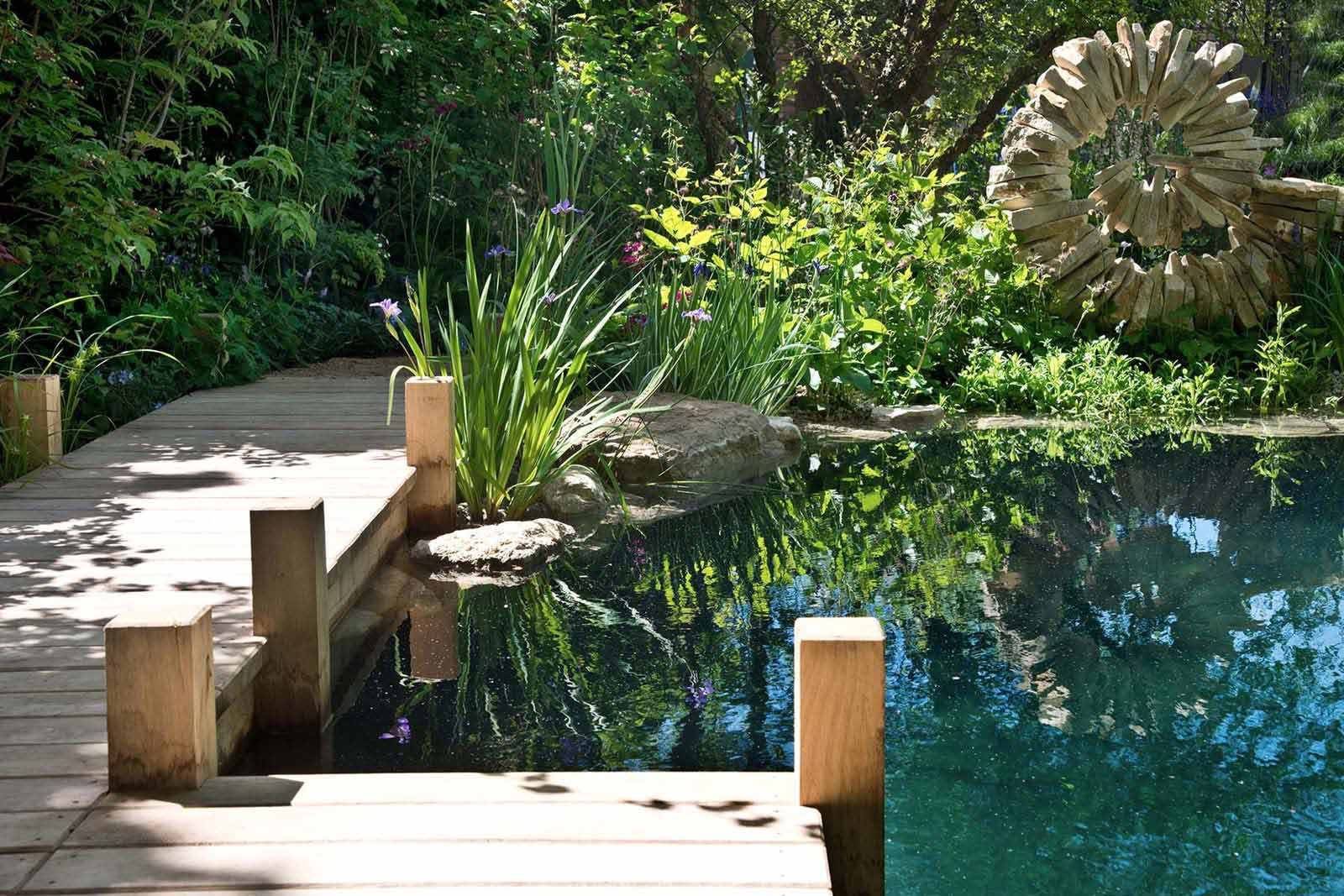Top tips for making your garden wildlife-friendly. From reducing chemicals used to adding a water feature, there are numerous things one can do to ensure your garden is home to an array of wildlife species.
Choose plants that are more attractive to native wildlife, for example, birds are attracted to berry-bearing plants in winter, such as cotoneasters, holly, pyracantha and skimmia. Also favourites with birds are natives like crab apples, hawthorn, honeysuckle, rowan, and sunflowers.
Allow some of your plants to go to seed to provide winter food for seed-eating birds. Seed heads also have an aesthetic bonus, as they provide winter interest in the garden.
Look for alternatives to slug pellets and pesticides or reduce the use of herbicides, fungicides and insecticides – use organic methods of control. Many insecticides kill beneficial species as well as harmful ones.
Use bird-feeders or bird tables to protect birds from cats.
Provide nesting boxes for birds and even bats. Nest boxes are excellent substitutes for the holes in old trees. In many gardens, there may be lots of food, but nowhere to nest.
Plant perennials with broad flower heads to encourage bees into your garden in summer. Avoid too many double flowers that can prevent insects from accessing the nectar.
Avoid using herbicides by hand weeding, applying mulch, using weed-suppressant fabric and planting good ground cover.
Have a water feature – even a simple bowl can encourage frogs and other wildlife which will feed on bugs and snails. Dragonflies will often breed in them, and many birds may use them to drink and bathe in. If you have room for a pond, site it in a sunny position and ensure the sides are gently sloping, so birds can drink and bathe, amphibians can spawn and hedgehogs can escape if they fall in.
Keep a pile of logs in an undisturbed corner of the garden to provide shelter for insects and mammals – if you’re lucky a hedgehog or toad may find a home there and feed on all your slugs and snails.
A bundle of hollow stems in a quiet spot that catches the morning sun can be a home for solitary mason bees.
Plant varieties
Viburnum opulus: good autumn colour and white summer flowers, which turn into red berries in autumn, providing a good food source for birds
Echinops ritro: this thistle is a great architectural perennial, with its spherical blue flower heads drying into striking seed heads. The flowers attract bees and butterflies, and birds eat the seeds
Buddleja: good source of nectar for butterflies
Lonicera periclymenum: provides nectar for butterflies and moths, which it attracts with its nocturnal scent. Birds also eat the seeds
Calendula officinalis: nectar rich and also good for companion planting
Primula vulgaris: the spring flowers provide an early source of nectar in spring, while the leaves are food for butterfly larvae and finches eat the seeds
Hedera helix: provides shelter for birds, nectar in winter and berries in spring.

